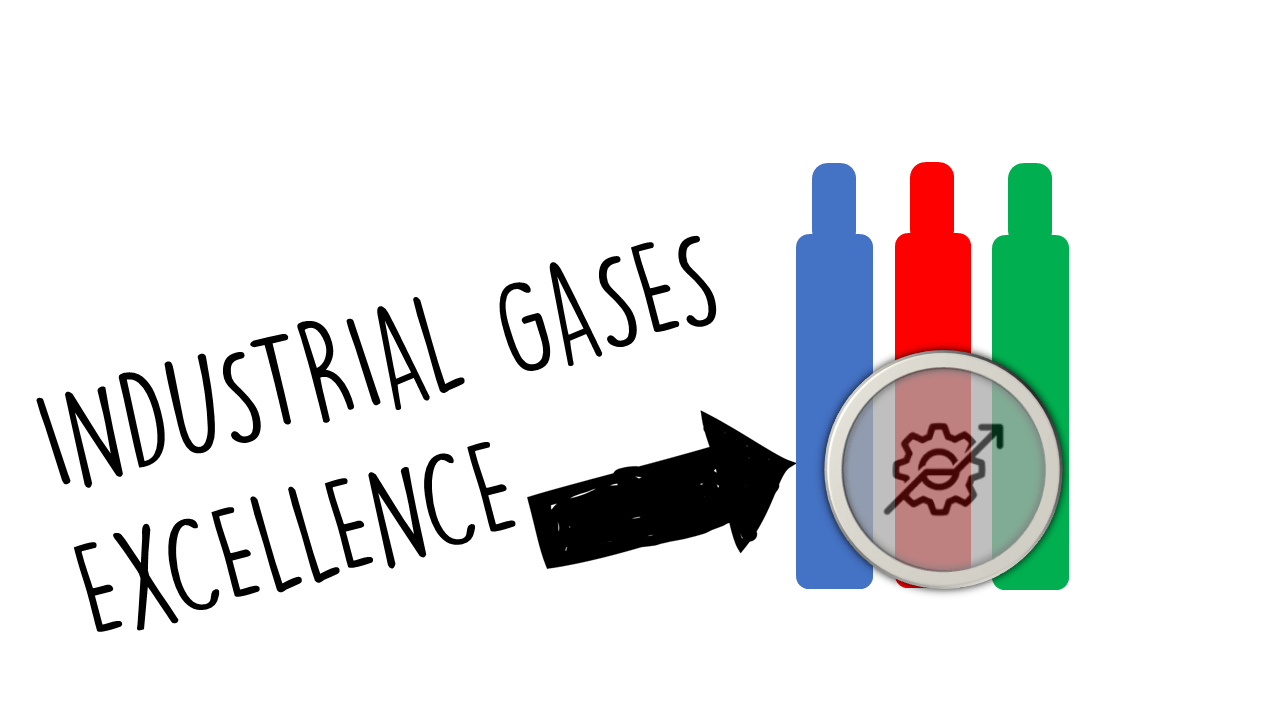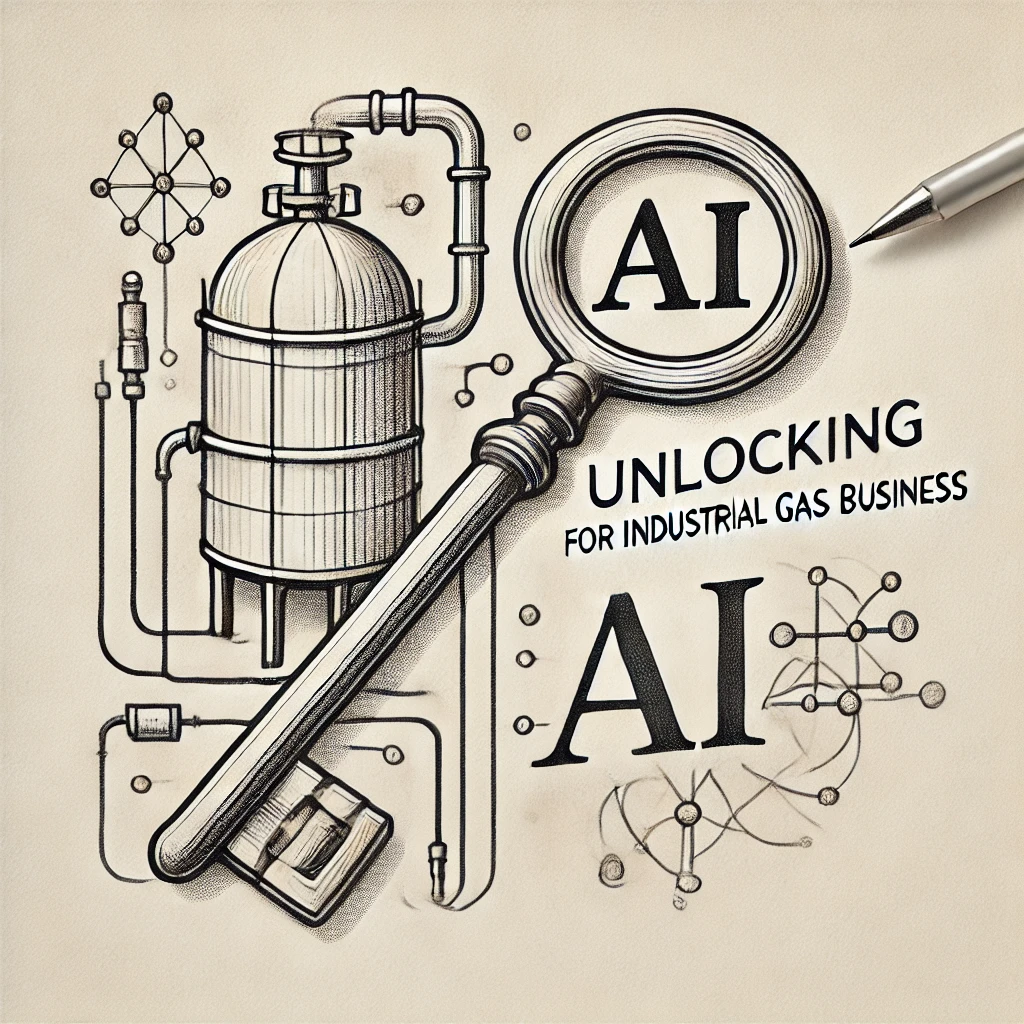1. Transition to Hydrogen Economy
Definition The transition to a hydrogen economy involves the increased production, storage, and utilization of hydrogen as a clean and sustainable energy source, serving as an alternative to fossil fuels in various applications, including transportation, power generation, and industrial processes.
Framing As governments and industries commit to reducing carbon emissions, hydrogen is increasingly recognized as a key player in achieving climate goals. Its versatility, when produced through renewable sources (green hydrogen), positions it as a pivotal element in energy transition strategies globally.
Re-Framing Rather than viewing hydrogen as a niche product, it can be seen as a foundational element of future energy systems. Emphasizing partnership opportunities in technology development and infrastructure creation can encourage broader adoption and investment.
Strategic Actions
- Invest in Production Technologies: Focus on developing efficient electrolysis processes to produce green hydrogen.
- Collaborate on Infrastructure Development: Partner with governments and other industries to build hydrogen distribution networks.
- Innovate Applications: Create solutions for sectors like transportation, energy storage, and industrial applications to use hydrogen effectively.
Case Studies
- Air Products: Invested in large-scale hydrogen production facilities and partnered with stakeholders to develop hydrogen infrastructure, establishing themselves as a leader in the hydrogen market.
- Linde: Launched innovative projects to produce, store, and supply hydrogen in various applications, including transportation and manufacturing sectors, showcasing its commercial viability.
2. Adoption of Digital Technologies
Definition The adoption of digital technologies refers to integrating advanced technologies such as IoT, AI, and big data analytics into manufacturing processes, supply chain management, and customer interactions to enhance operational efficiencies and decision-making.
Framing Digital transformation is reshaping industries by optimizing processes and improving customer experience. In the industrial gas sector, embracing digital solutions can lead to better predictive maintenance, real-time monitoring, and enhanced product offerings.
Re-Framing Instead of viewing digitalization as a cost center, consider it a strategic investment that enables innovation, operational excellence, and competitive advantage. Digital technologies can unlock new revenue streams and foster customer engagement.
Strategic Actions
- Invest in IoT Solutions: Implement sensors and monitoring devices across production and distribution to collect actionable data.
- Utilize AI for Predictive Analytics: Leverage AI to analyze operational data, optimize processes, and predict maintenance needs.
- Enhance Customer Engagement: Use digital platforms to facilitate better communication and service offerings to customers.
Case Studies
- Air Liquide: Developed a digital platform that offers customers real-time insights about their gas usage, leading to optimized consumption and cost savings.
- Praxair: Successfully integrated IoT into their operations, improving efficiency and reducing downtime through predictive maintenance systems.
3. Circular Economy Initiatives
Definition Circular economy initiatives focus on minimizing waste and making the most of resources by creating closed-loop systems, promoting recycling, remanufacturing, and sustainable production practices.
Framing With growing public and regulatory pressure to adopt sustainable practices, transitioning to a circular economy can offer competitive advantages. Companies that invest in circular economy strategies can enhance their brand reputation and contribute toward sustainability goals.
Re-Framing Rather than seeing circularity as an additional cost, view it as an opportunity for innovation and cost savings. Incorporating circular principles opens avenues for product development, resource efficiency, and customer engagement.
Strategic Actions
- Establish Recycling Programs: Create processes to recover and recycle gases and packaging materials.
- Innovate in Product Design: Design products that are easier to recycle or upcycle, minimizing environmental impact.
- Educational Outreach: Engage customers and stakeholders in understanding and participating in circular initiatives.
Case Studies
- Linde’s Circular Economy Approach: Linde has developed programs for the recycling of gases and waste materials, significantly reducing their environmental footprint while cutting costs.
- Air Products’ Sustainability Efforts: Air Products has initiated various projects aimed at integrating circular economy principles, focusing on resource recovery and sustainable product development.
Conclusion
As the industrial gas sector develops, three key strategic opportunities for2025 include the transition to a hydrogen economy, the adoption of digital technologies, and the implementation of circular economy initiatives. By focusing on these areas, companies can position themselves for long-term growth, sustainability, and leadership in the evolving energy landscape.
Get Started in3 Steps
Conduct Market Research and Analysis:
- Understand the current landscape of hydrogen production and adoption, digital technology trends, and circular economy practices within the industry. Identify specific opportunities relevant to your organization.
Develop a Strategic Roadmap:
- Create a clear plan outlining goals, timelines, and actions for pursuing hydrogen initiatives, digital transformation, and circular economy projects. Consider partnerships and resource allocations needed for implementation.
Engage Stakeholders and Build Partnerships:
- Foster collaboration with industry peers, technology providers, and governmental bodies. Engage your workforce and customers to drive the objectives of your initiatives and create a culture of innovation and sustainability.
By taking these initial steps, organizations can strategically position themselves to take advantage of the burgeoning opportunities in the industrial gas sector by 2025.





